Mica
Mica is a fairly common mineral with a very glittery, shiny appearance, which forms as laminated layers, almost like the pages of a book.
Mica is widely used in industry to create insulations and for electronics. It has also been used in the arts for centuries to make jewellery, ornaments and makeup.
Common forms of mica include muscovite, biotite, phlogopite, lepidolite, and paragonite.
Showing all 11 results
-
Sale!
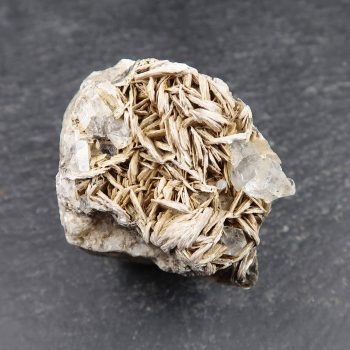
Aquamarine and Muscovite specimens
Original price was: £300.00.£250.00Current price is: £250.00. -
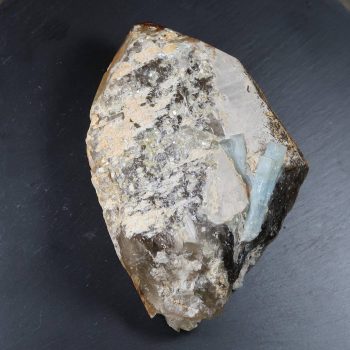
Aquamarine on Smoky Quartz with Mica
£100.00 -
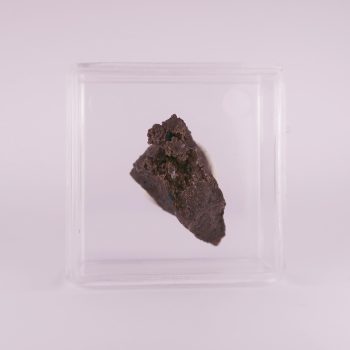
Biotite and Pseudobrookite from Rothenberg quarry, Germany
£3.50 -
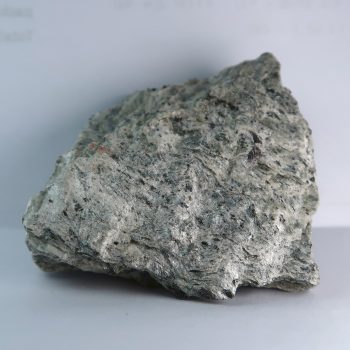
Garnets in Mica from Loch Tay, Scotland
Price range: £5.00 through £6.00 -
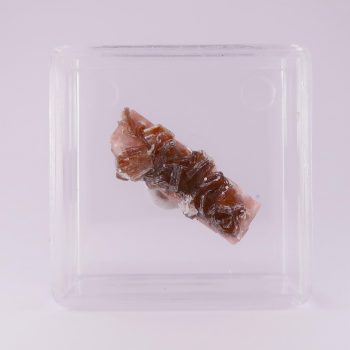
Genthelvite, Serandite, Polylithionite from Poudrette Quarry, Canada
£7.50 -
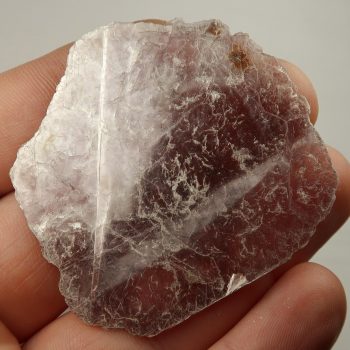
Lepidolite mica sheets
£5.00 -
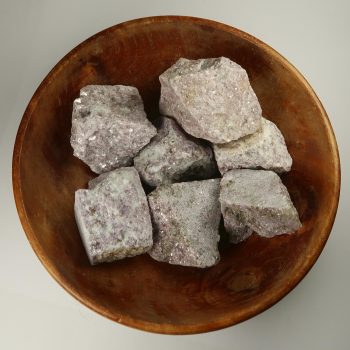
Lepidolite Specimens
£1.50 -
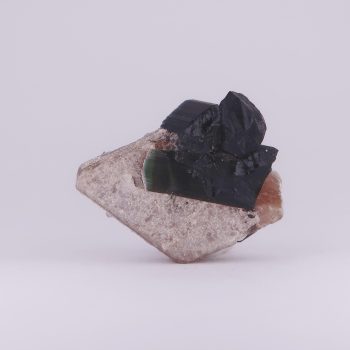
Mica and Tourmaline from Skardu, Pakistan
Price range: £4.00 through £10.00 -
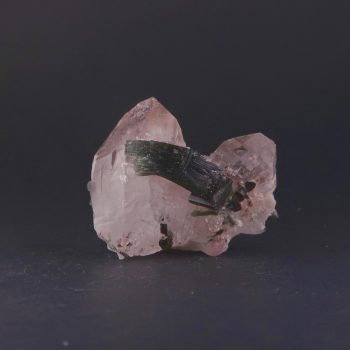
Quartz, Mica, and Tourmaline from Skardu, Pakistan
Price range: £5.00 through £10.00 -
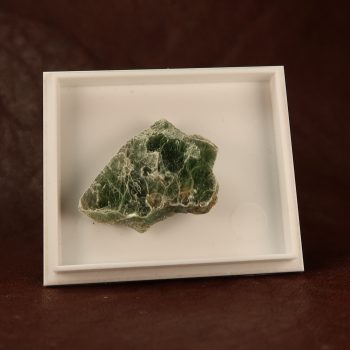
Roscoelite mica from Merelani Hills, Tanzania
£3.00 -
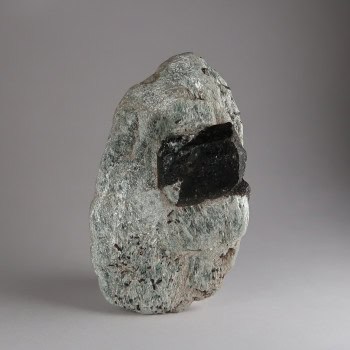
Tourmaline specimens (Black in Mica)
£7.50
Information about Mica
Mica is a group of sheet silicate minerals known for their distinctive platy or flaky appearance. It typically forms in thin, transparent to translucent sheets that can be easily split due to its perfect basal cleavage. The sheets are flexible and can bend without breaking.
Mica occurs in a range of colors depending on its chemical composition, including colorless, silver, gray, green, brown, yellow, and black.
The mineral exhibits a vitreous to pearly luster, especially on cleavage surfaces, giving it a shiny, reflective quality.
The most common mica group minerals are muscovite, biotite, phlogopite, and lepidolite.
Uses and History
Mica has been widely used both industrially and decoratively. Its ability to withstand high temperatures makes it valuable as an electrical and thermal insulator in electronics, such as capacitors, circuit boards, and furnace windows.
In the cosmetics industry, finely ground mica adds shimmer to products like makeup, nail polish, and lotions.
Mica is also used in paints, plastics, rubber, and drilling fluids.
Mica is used in geiger counters and other similar radiation detectors as windows to block alpha or beta radiations.
Mica has been known and used since ancient times, with evidence of its use dating back to Egyptian, Roman, and Indian civilizations. In India, mica was used in Ayurvedic medicine and religious decorations, while Native American cultures incorporated it into ceremonial artefacts.
The industrial significance of mica grew during the 19th and 20th centuries, particularly in the electrical industry due to its insulating properties.
Major mica deposits are found in countries like India, Brazil, Russia, and the United States.
Mica is still to this day used in makeup.
Mineralogy
- Biotite – dark green, brown, black
- Lepidolite – purple, lilac, silver, grey, silvery purple
- Muscovite – colourless, grey-silver
- Phlogopite – yellowish brown, green, brown
- Lepidolite 2.5 – 4.0
- Biotite 2.5 – 3.0
- Phlogophite – 2.5 – 3.0
- Muscovite 2.0 – 2.5
Hazards and Warnings
Mineral collectors should wash their hands after handling specimens, to avoid any exposure to potential toxins.
Almost all rocks, minerals (and, frankly, almost all other substances on earth) can produce toxic dust when cutting, which can cause serious respiratory conditions including silicosis.
When cutting or polishing rocks, minerals, shells, etc, all work should be done wet to minimise the dust, and a suitable respirator or extraction system should be used.
Translations
Arabic:
Hindi:
Portuguese:
Bengali:
Indonesian:
Punjabi:
English:
- mica
Italian:
Russian:
- Слюды
French:
Japanese:
- 雲母
Spanish:
- Glimmer
German:
- Glimmer
Korean:
- 운모
Thai:
Gujurati:
Mandarin Chinese:
- 云母族
Urdu:
